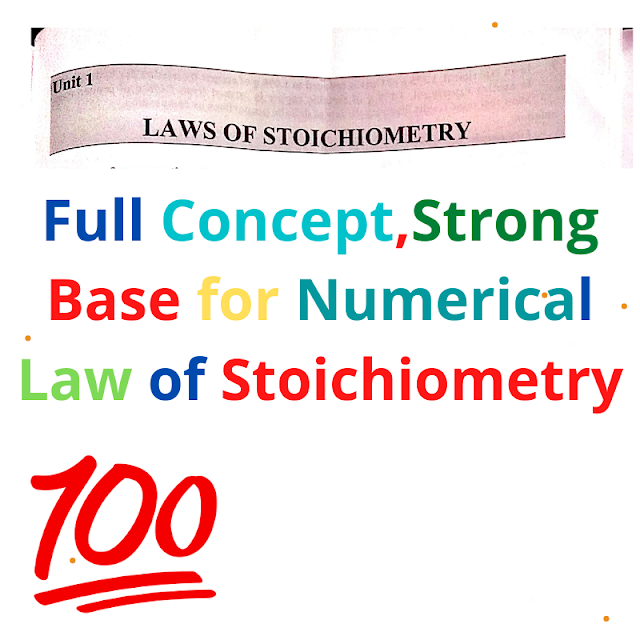LAWS OF STOICHIOMETRY
Law of conservation of mass
This law states that "in any chemical reaction the total mass of the reactants involved is equal to the total mass of the products formed ►"
Total mass of reactants = Total mass of products
Example: 12 g of carbon react with 4 g of hydrogen to produce 16 g methane. Which chemical law do these data illustrate? [HSEB]
Solution:
C + H₂ --------------> CH₄
12g 4g 16g
Total mass of the reactants = (12 +4)g = 16 g
Total mass of the products = 16 g.
Since, total mass of the reactants is equal to total mass of products,These data illustrate the law of conservation of mass.
 |
| Law of Conservation |
Law of constant compositions or law of definite proportions
This law states that "the same chemical compound always contains same elements combined together in the same proportions by weight, irrespective of the methods preparation or the sources from where it is taken."
Law of multiple proportions
This law states that "when two elements combine to form two or more compounds, the masses of one of the element which combine with the constant mass of the other bear a simple whole number ratio to one another".
Law of reciprocal proportions
This law states that "the ratio of weights of two elements which separately combine with constant weight of third element is same as or simple multiple of the ratio in which they combine each other".
Gay-Lussac's Law of gaseous Volume
Keywords: Note and Pdf of class 11 and 12,Numerical class 11 chemistry,Class 12 numerical chemistry law of Stoichiometry,Solved Solutions,Unsolved questions and practice questions
Keywords:Practice Question class 11 and 12 Law of stoichiometry,Photo of class 11 and 12 numerical law of stoichiometry nepal,note of class 11 pdf,Law of stoichiometry class 11 pdf and notes.













